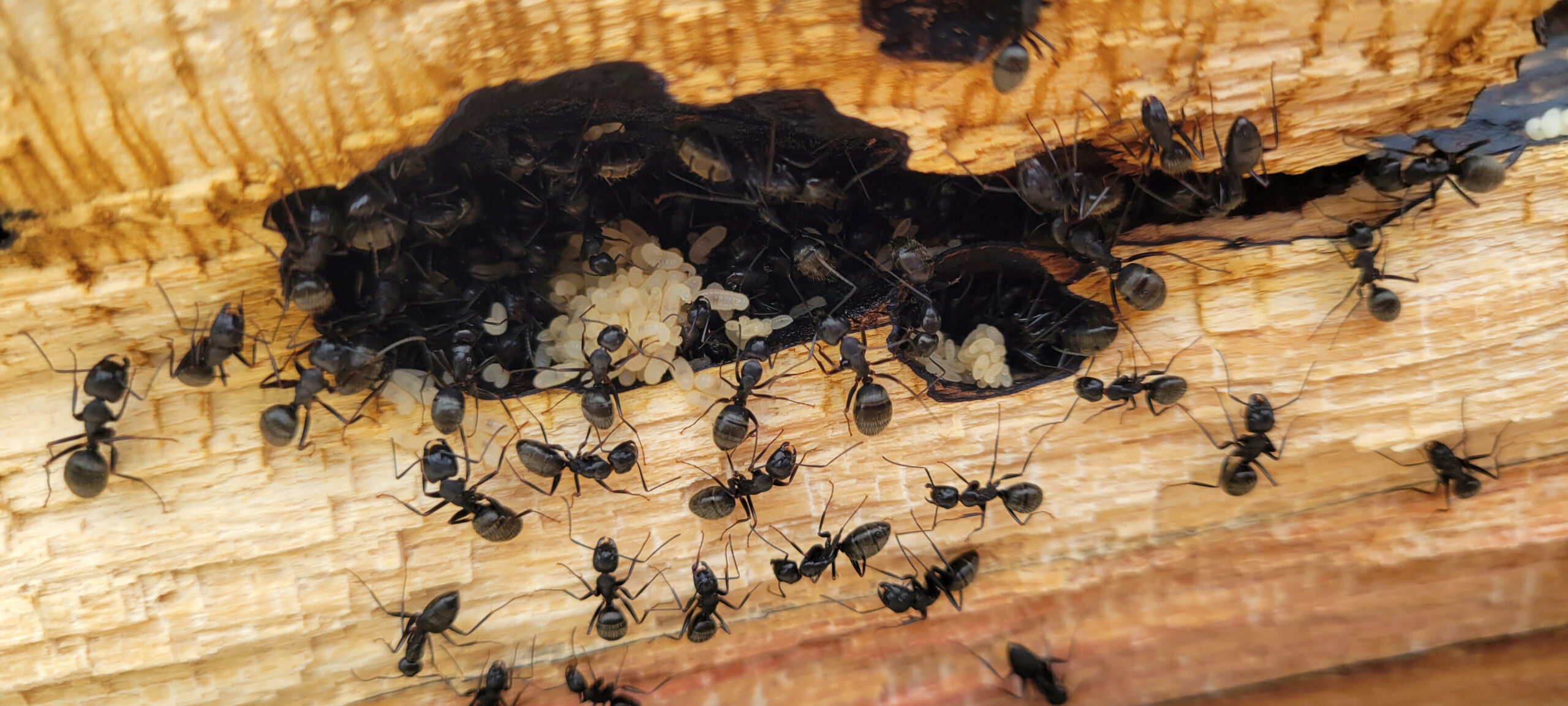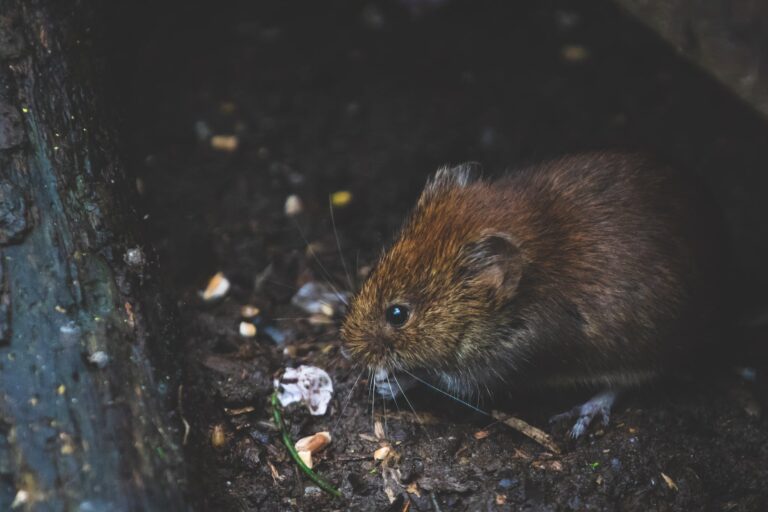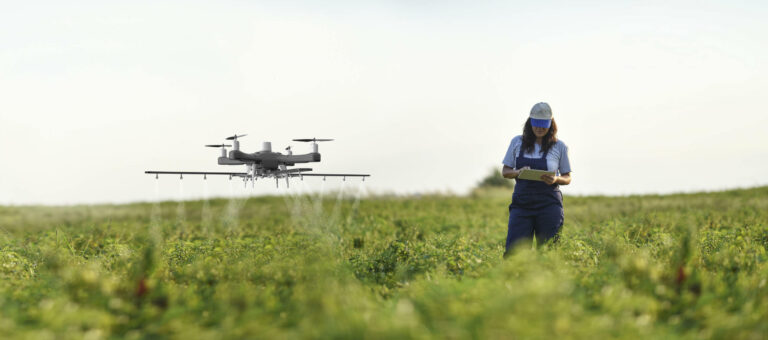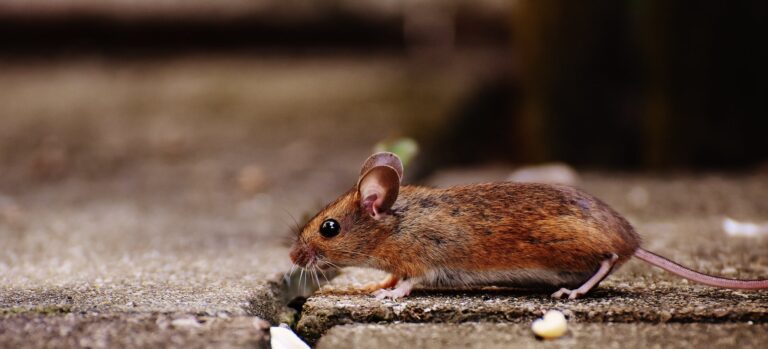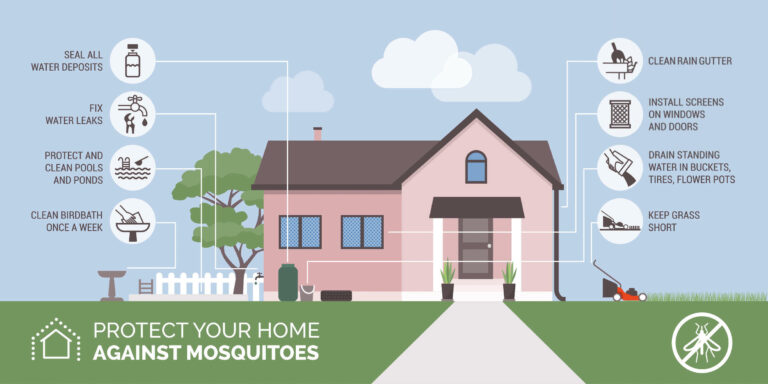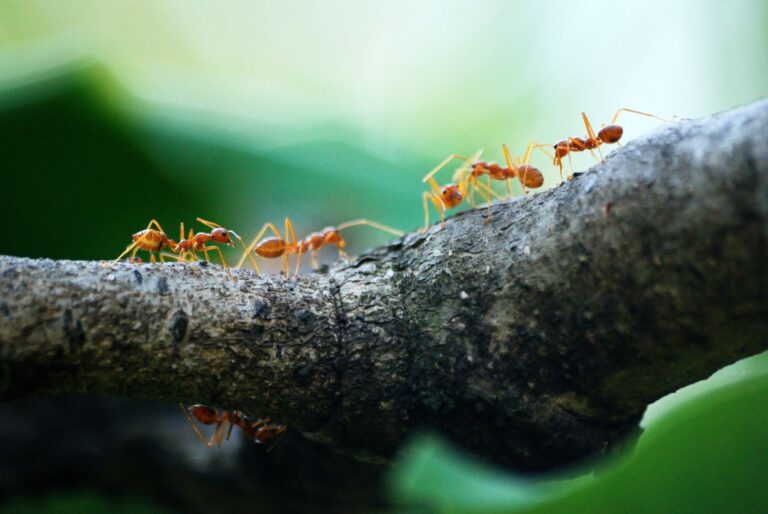From Eggs to Infestation: Understanding the Pest Lifecycle
Do you ever wonder why pests keep coming back, no matter how many times you try to get rid of them? Understanding the pest lifecycle is the key to effective pest control. From eggs to infestation, each stage plays a crucial role in their survival and reproduction.
By gaining insight into their lifecycle, you’ll be better equipped to combat these unwanted intruders. This guide will take you through the various stages, from the development of eggs to the formation of pupae, and ultimately the infestation phase.
Armed with this knowledge, you can implement targeted control measures at each stage, breaking the cycle and preventing further infestations. So, let’s dive into the fascinating world of pest lifecycles and take control of your home once and for all.
The Importance of Understanding Pest Lifecycles
To effectively control pests, you need to understand their lifecycles. By understanding the lifecycles of pests, you can identify the most vulnerable stages and target them with appropriate control methods. This knowledge is crucial because it allows you to intervene at the right time, preventing pests from reaching their reproductive stage and multiplying rapidly.
For instance, let’s take the common household pest, the cockroach. Cockroaches have a lifecycle that consists of three main stages: egg, nymph, and adult. The eggs are usually laid in hidden areas, like cracks and crevices, making them difficult to detect. However, by understanding when the eggs are likely to hatch, you can implement preventive measures, such as sealing cracks and removing potential food sources, to inhibit their development.
Similarly, understanding the lifecycle of pests like mosquitoes can help you prevent the spread of diseases they carry, such as malaria or dengue fever. By knowing when mosquitoes lay their eggs in stagnant water, you can eliminate breeding grounds and reduce the chances of an infestation.
Stage 1: Egg Development
Continuing from the previous subtopic, you can now delve into the first stage of the pest lifecycle, which is the development of eggs. Eggs play a crucial role in the reproductive cycle of pests, serving as the starting point for the growth and multiplication of these unwanted invaders.
During the egg development stage, female pests typically lay their eggs in suitable environments that provide the necessary conditions for their survival. These environments vary depending on the type of pest, but they often include areas with access to food, shelter, and moisture. In some cases, pests may also lay their eggs directly on or inside their preferred host, ensuring a ready source of nourishment for the emerging larvae.
Egg development can vary greatly in duration, with some pests’ eggs hatching within hours, while others may take days or even weeks. Factors such as temperature, humidity, and availability of resources can significantly influence the development time. It’s important to note that pests often lay multiple eggs during their lifetime, leading to a rapid increase in population if left unchecked.
Understanding the egg development stage is crucial for effective pest control strategies. By targeting and eliminating eggs, you can disrupt the pest lifecycle and prevent further infestations. Regular inspections, proper sanitation, and the use of appropriate pest control measures are essential in managing the development of eggs and curbing pest populations before they become a significant problem.
Stage 2: Larvae Emergence
After the eggs have undergone the necessary development, the larvae emerge from their protective shells. This stage marks the beginning of a new chapter in the pest’s life cycle. As a larva, the pest is in its most vulnerable state, requiring a constant source of food and shelter to survive and grow.
The emergence of larvae is a critical moment in the pest’s lifecycle. They’re usually smaller in size compared to adults and have a distinct appearance. Their bodies are soft and often translucent, making them more susceptible to environmental factors and potential predators. To protect themselves, larvae may seek out hidden or secluded areas where they can feed undisturbed.
During this stage, the larvae undergo a period of rapid growth and development. They feed voraciously on organic matter, such as decaying plants or animal waste, to sustain their energy requirements. As they consume food, the larvae grow in size and shed their exoskeletons multiple times to accommodate their expanding bodies.
The duration of the larval stage varies depending on the pest species and environmental conditions. Once the larvae have reached their maximum size, they enter the next stage of their life cycle, known as pupation. It’s during this stage that the larvae transform into adults, completing the pest’s life cycle and continuing the infestation cycle.
Stage 3: Pupa Formation
During pupa formation, the pest undergoes a remarkable transformation as it prepares to enter the final stage of its life cycle. This stage is a crucial period where the pest undergoes a process called metamorphosis, which allows it to change from a larva into an adult.
The pupa, also known as a chrysalis in some insects, is a protective casing that encloses the developing adult. Inside the pupa, the pest’s body undergoes rapid changes, breaking down its larval tissues and reorganizing them into the adult form.
The pupa is often motionless and appears dormant, but beneath the surface, a plethora of changes are taking place. The pest’s body undergoes a complete reorganization, with the development of wings, legs, and other adult structures. This process is regulated by hormones and genetic factors that dictate the specific features of the adult pest.
The duration of the pupal stage varies depending on the pest species and environmental conditions, with some pests spending only a few days in this stage, while others may spend weeks or even months.
Once the transformation is complete, the adult pest emerges from the pupa, ready to continue its life cycle. It’s during this stage that the pest becomes sexually mature and is capable of reproducing. Understanding the pupal stage is crucial for pest control, as targeting this stage can disrupt the pest’s life cycle and prevent further infestations.
Stage 4: Adult Maturation
After completing the pupal stage, you witness the emergence of the fully mature adult pest, marking the beginning of Stage 4: Adult Maturation. This stage is crucial in the pest lifecycle as it’s when the pest reaches sexual maturity and is capable of reproducing. The adult pest is equipped with all the necessary structures and organs needed for survival and reproduction.
During adult maturation, the pest undergoes various physiological changes. Its exoskeleton hardens and develops its characteristic coloration, enabling it to blend into its environment or attract potential mates. The pest also develops functional wings, if applicable, which allow it to fly and disperse to new locations in search of food, shelter, or mates.
Once the adult pest has fully matured, its primary goal is to reproduce and ensure the survival of its species. This may involve finding a suitable mate, building nests or burrows, and laying eggs. The adult pest is also responsible for foraging for food to sustain its own energy needs and potentially provide for its offspring.
The duration of the adult maturation stage varies depending on the species of pest and environmental conditions. Some pests may live for only a few days or weeks as adults, while others can live for several months or even years. Regardless of the lifespan, this stage is crucial in the pest lifecycle, as it determines the continuation of the species and the potential for infestation if left unchecked.
Stage 5: Breeding and Reproduction
To begin breeding and reproducing, you’ll need a suitable mate and a conducive environment for the survival of your offspring. Finding a mate is crucial for the continuation of your species. It’s important to choose a mate that’s healthy and genetically diverse, as this will increase the chances of producing strong and resilient offspring.
Once you have found a suitable mate, you’ll need to create a suitable environment for breeding. This includes providing enough food and shelter for both you and your mate. It’s also important to consider the temperature and humidity levels, as these factors can greatly impact the survival of your offspring.
During the breeding process, you’ll engage in courtship behaviors to attract and communicate with your mate. This can involve displays of strength, color, or sound. Once you have successfully attracted your mate, you’ll engage in copulation, which is the transfer of sperm to the female.
After copulation, the female will lay eggs, which will eventually hatch into larvae or nymphs, depending on the species. It’s important to provide a safe and protected environment for the eggs to develop and hatch. This can include laying them in hidden areas or protecting them with a protective coating.
Breeding and reproduction are essential stages in the pest lifecycle. By understanding and controlling these stages, it’s possible to prevent infestations and keep populations under control.
Stage 6: Infestation and Control Measures
To control the infestation, you must implement effective measures. Once pests have reached the infestation stage, they’ve multiplied rapidly and are causing significant damage to your property. It’s crucial to take immediate action to prevent further damage and eliminate the pests.
The first step in controlling the infestation is to identify the type of pest you’re dealing with. Different pests require different control methods, so accurate identification is essential.
Once you have identified the pest, you can choose the appropriate control measures. This may include chemical treatments, such as insecticides or pesticides, or non-chemical methods, such as traps or exclusion techniques. It’s important to follow the instructions carefully when using chemical treatments to ensure safety for yourself, others, and the environment. Non-chemical methods can be effective, but they may require more time and effort.
Regular monitoring and maintenance are also crucial to prevent re-infestation. By implementing these control measures, you can eliminate the infestation and protect your property from further damage.
Mastery of Timing: Navigating Pest Lifecycles for Effective Control
So, now that you understand the different stages of a pest’s lifecycle, you’re better equipped to tackle infestations head-on.
By knowing when eggs are laid, when larvae emerge, and when adults mature, you can implement effective control measures at the right times.
Remember to regularly inspect and treat potential breeding areas to prevent infestations.
With this knowledge, you can protect your home and garden from pests and ensure a pest-free environment.

